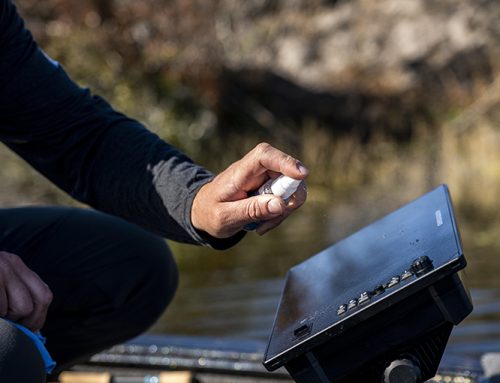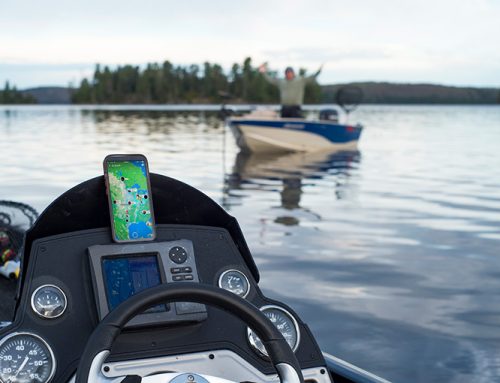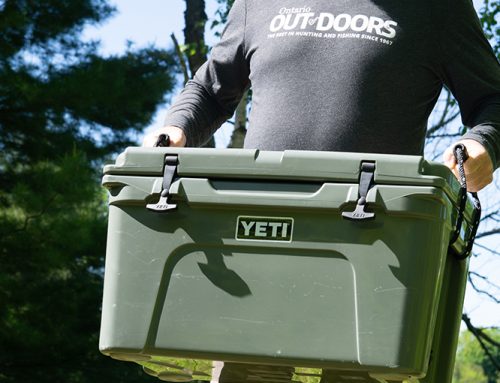
Get your rain gear back into top shape with a quick clean and a waterproofing treatment.
Reliable, quality rain gear is a necessary item for anglers. To perform to its full potential though, soft-shell outerwear needs care and maintenance. Over time, a garment can lose its ability to shed water. More often than not, the solution is as easy as cleaning and treating the garment with a durable water repellent (DWR) coating. Here’s the why and how of rain gear care.
DWR – Just like car wax
New rain gear has a factory-applied DWR coating. The treatment makes the outer shell water-resistant. This is what causes water to bead and roll off fabric, similar to rain off a freshly waxed car. And, just like car wax, a DWR coating loses its lustre over time and must be restored. The good news is that this is an easy, inexpensive process.
Clean it first
Insect repellent, sunscreen, smoke, dirt, and other grime limit a DWR’s performance. The good news is washing and drying a garment may be enough to restore the DWR, particularly with newer rain gear.
Consider using a cleaner specifically designed for outdoor, technical clothing for this step. If that’s not an option, go with a mild product and use a small amount.
 DWR treatments options
DWR treatments options
If cleaning and drying don’t work, it’s time for a DWR application. I’ve had good results with Gear Aid ReviveX and Nikwax products. Recently, I tried Granger’s and so far so good. Prices range from $10 to $20 for a bottle.
Treatments are done using either a wash-in or spray-on product. I’ve done both. Here are my observations on these two methods.
 Wash-in
Wash-in
Wash-in treatments are easy to do using a washing machine. The method provides good coverage.
You get more bang for your buck with a wash-in. A visit to my local outdoor shop revealed you can treat approximately four garments in a top-loading machine with one bottle of wash-in compared to a similarly priced bottle of spray-on DWR, which treats between one and two garments.
A high-efficiency washing machine uses less product, and that means even more treated garments per bottle.
Spray-on
I’ve had success using spray-on treatments on jackets and pants. Though the spray-on process is more labour-intensive than a wash-in, I like the control it affords when I want to apply plenty of DWR to restore a poorly performing garment.
 The trick is to spray the entire outer side of the fabric for full DWR coverage. Be sure to focus on the jacket’s hood and zippers, and high-wear areas of both the jacket and pants.
The trick is to spray the entire outer side of the fabric for full DWR coverage. Be sure to focus on the jacket’s hood and zippers, and high-wear areas of both the jacket and pants.
A spray-on treatment has the potential to be messier than a wash-in. Protect your working surface. I prefer to do it outside on a day with no wind.
I’ve never run out of treatment when spraying one garment, but things got dicey once with two items. Buying an extra bottle as back-up is now my standard practice.
Almost like new
I’ve yet to have a DWR treatment deliver anything as good as the original factory coating, but it’s an easy and inexpensive DIY project that will improve your rain gear’s performance in wet conditions.
Give it a try this season. I’m betting you’ll like the results.
Examples of waterproofing treatments
Gear Aid ReviveX: www.gearaid.com
Granger’s: grangers.co.uk
Nikwax: www.nikwax.com






Leave A Comment